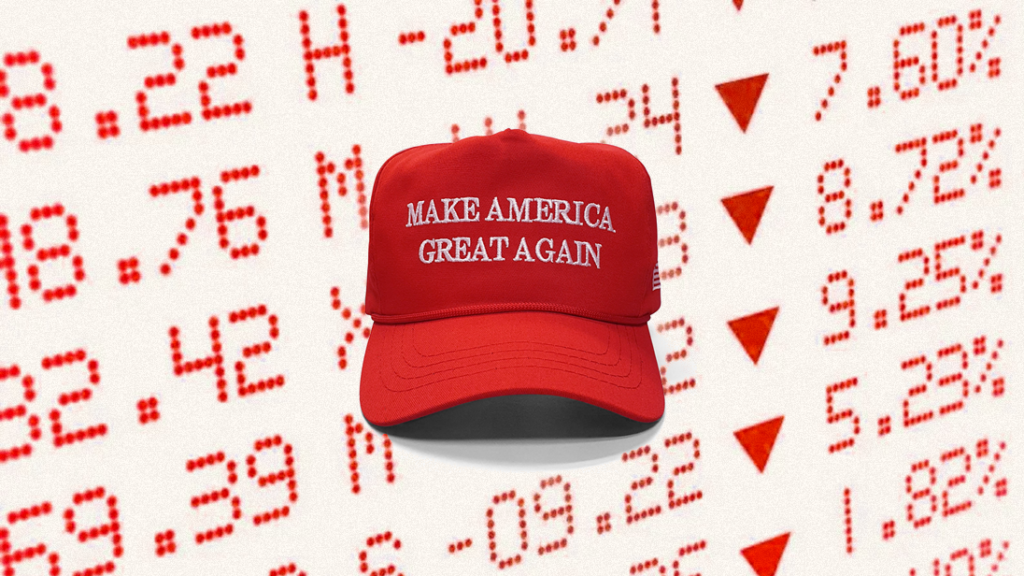Navigating Trump’s Tariff Storm affect on Stock Market in 2025

Trump’s Tariff: The Initial Shock In early 2025, the global financial landscape shifted dramatically after former President Donald Trump returned to office with a bold economic move: a sweeping reimposition of tariffs on U.S. imports. His plan included a flat 10% tariff on all imports, with even higher rates on Chinese goods—some reaching 245%. The announcement sent shockwaves through the markets, creating immediate volatility across global exchanges. From Panic to Rally: The Market’s Wild Swing The initial market reaction was swift and brutal. Asian indices, particularly the Hong Kong-based Hang Seng, saw double-digit declines. Europe’s STOXX 600 dropped 7%, while global investors began to brace for a potential return to the full-scale trade wars of Trump’s previous term. The mood was one of uncertainty, volatility, and fear of long-term disruption in global trade flows. The Strategic Retreat: Trump’s Calculated Pause In a surprising twist, Trump walked back part of his plan, announcing a 90-day suspension of most tariffs—excluding those on China. This move was likely aimed at calming investor anxiety and avoiding immediate economic backlash. The markets responded enthusiastically. U.S. indices soared in what became one of the strongest rallies in recent history: the Nasdaq jumped over 10%, the S&P 500 gained 5.6%, and the Dow added more than 2,600 points in a single day. Treading Carefully: The New Investor Playbook While the suspension brought temporary relief, investors remain wary. The tariffs on Chinese imports are still active, and the broader uncertainty around trade policy has not disappeared. The back-and-forth has exposed the fragility of investor confidence and the influence political decisions can exert on financial markets. Expert Strategies for Tariff-Proofing Your Portfolio Diversify Strategically: In an environment where policy changes can move trillions overnight, spreading risk across sectors, asset classes, and geographies is more critical than ever. Embrace Domestic Champions: Companies with strong local supply chains and minimal reliance on Chinese exports have shown greater resilience to tariff shocks. Monitor China Relations Closely: With U.S.-China tensions continuing to define global markets, investors should watch for diplomatic signals that could trigger either escalation or relief rallies. Consider Inflation Hedges: Tariffs typically increase consumer prices, making Treasury Inflation-Protected Securities (TIPS), commodities, and select real estate investments attractive protective measures. Explore Emerging Alternatives: Countries like Vietnam, India, and Mexico are seeing manufacturing booms as companies diversify away from China—creating new investment opportunities. Conclusion: Politics as the New Market Force In today’s investment landscape, understanding political risk is as important as analyzing balance sheets. Tariffs have evolved from mere trade tools to market-moving weapons capable of reshaping entire sectors overnight. The savvy investor in 2025 needs to integrate geopolitical awareness into their core strategy, recognizing that the line between politics and markets has permanently blurred.
